Mole sauce is more than just a seasoning—it's the soul of many cuisines around the world. Among the countless spice blends, one stands out for its complexity and deep history: mole. This rich, flavorful sauce has captivated palates for centuries, especially in Mexican cuisine. But what exactly is mole sauce? How does it differ from other sauces? And how can you make or enjoy it like a pro?
Table of Contents
- What Is Mole Sauce?
- Types of Mole Sauces
- Practical Tips for Cooking With Mole Sauce
- Mole Sauce Buying Guide
- Frequently Asked Questions
- Conclusion
What Is Mole Sauce?
Mole sauce refers to dishes prepared using mole—a complex blend of spices, chiles, chocolate, nuts, and sometimes fruits or seeds. The word "mole" comes from the Nahuatl language, meaning "mix." It's a testament to the careful blending of ingredients that results in a deeply layered flavor profile.
While mole is most famously associated with Mexican cuisine, similar sauces exist in other cultures, such as the Ethiopian berbere or the Indian garam masala. However, mole holds a unique place due to its historical roots and culinary sophistication.
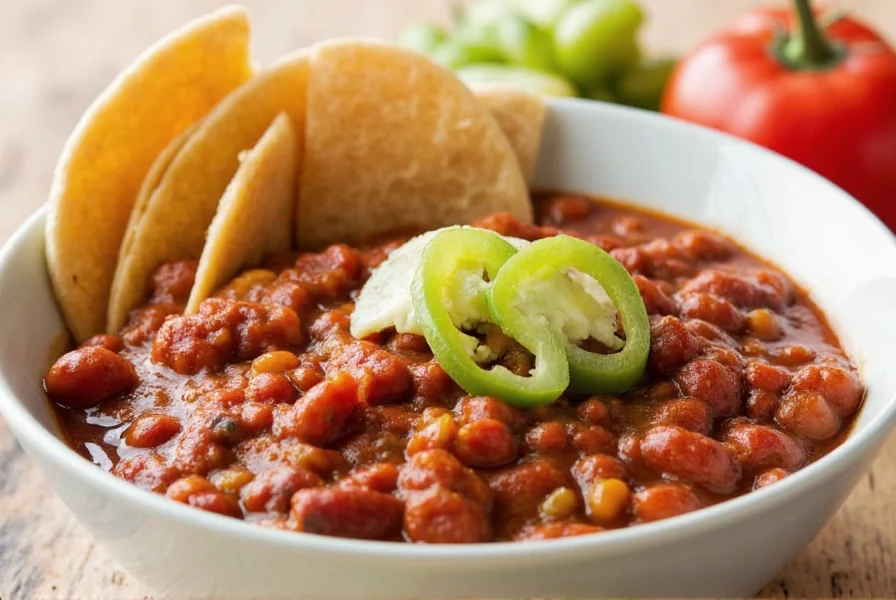
Types of Mole Sauces
There are several types of mole, each with its own distinct ingredients and flavor profiles. Here's a quick overview:
| Type of Mole | Key Ingredients | Flavor Profile |
|---|---|---|
| Mole Poblano | Chocolate, chili peppers, sesame seeds, almonds | Sweet, smoky, and slightly spicy |
| Mole Negro | Dark chilies, chocolate, nuts, dried fruits | Deep, intense, and rich |
| Mole Verde | Green chilies, tomatillos, herbs, avocado | Clean, bright, and herbaceous |
| Mole Rojo | Red chilies, tomatoes, garlic, onions | Spicy, tangy, and robust |
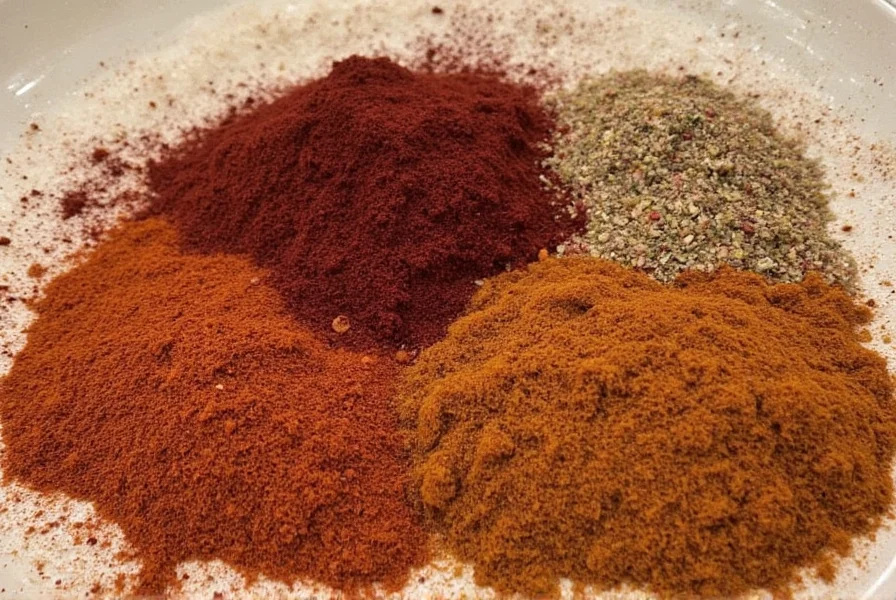
Practical Tips for Cooking With Mole Sauce
Whether you're a seasoned chef or a home cook, here are some practical tips to help you master mole sauce:
- Start with quality ingredients: Mole relies heavily on the quality of its components. Use fresh chiles, high-quality chocolate, and aromatic spices for the best results.
- Toast your spices: Toasting chiles, nuts, and seeds enhances their flavor and aroma. Don't skip this step!
- Use a mortar and pestle: For a more authentic taste, grind your spices by hand. It adds depth and texture to the sauce.
- Adjust the consistency: Mole should be thick enough to coat a spoon but not too stiff. Add broth or water gradually to reach the desired consistency.
- Let it rest: After making mole, let it sit for at least an hour before using. This allows the flavors to meld together beautifully.
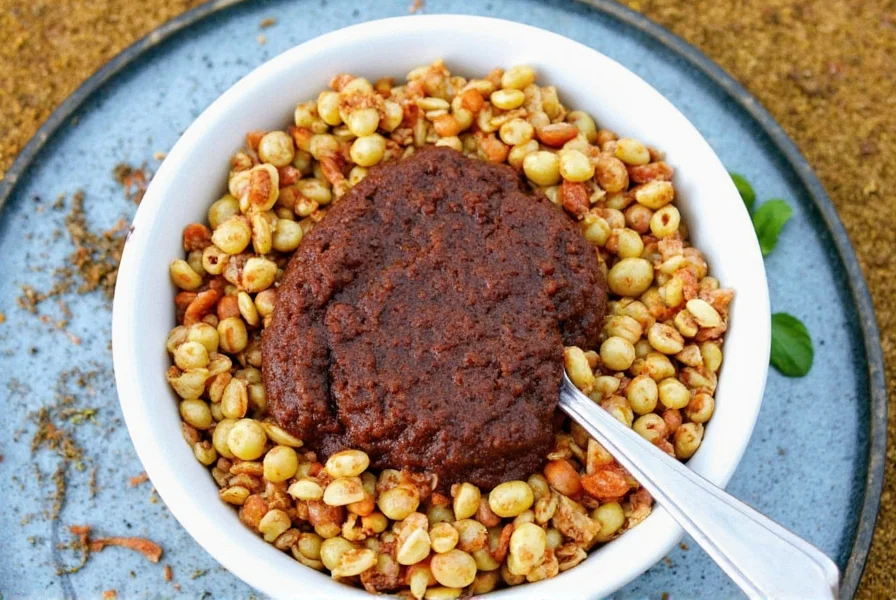
Common Mistakes to Avoid
- Overcooking the chiles: Chiles can become bitter if cooked too long. Keep an eye on them and remove them once softened.
- Using too much chocolate: While chocolate is a key component, too much can overpower the other flavors. Start with a small amount and adjust as needed.
- Skipping the grinding: Many store-bought mole sauces are already blended, but for the best flavor, try grinding your own.
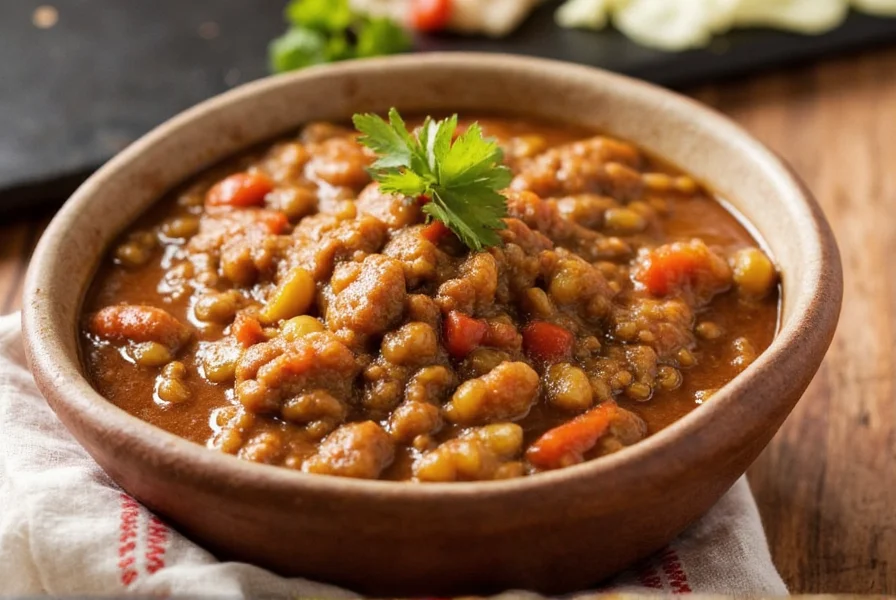
Mole Sauce Buying Guide
If you're not up for making mole from scratch, there are many pre-made options available. Here's a guide to help you choose the right one for your needs:
Top Mole Sauce Brands
- Pico de Gallo Mole Sauce
- Features: Organic, no added preservatives
- Advantages: Great for those who prefer a natural option
- Use Cases: Tacos, enchiladas, chicken dishes
- Target Audience: Health-conscious cooks
- Suitable Occasions: Weeknight dinners, casual gatherings
- La Voz Mole Sauce
- Features: Traditional recipe, rich flavor
- Advantages: Authentic taste, perfect for special occasions
- Use Cases: Tamales, pork dishes, rice
- Target Audience: Enthusiasts looking for traditional flavors
- Suitable Occasions: Holidays, family meals
- El Yucateco Mole Paste
- Features: Concentrated paste, easy to use
- Advantages: Saves time without sacrificing flavor
- Use Cases: Stews, soups, grilled meats
- Target Audience: Busy cooks
- Suitable Occasions: Quick meals, everyday cooking
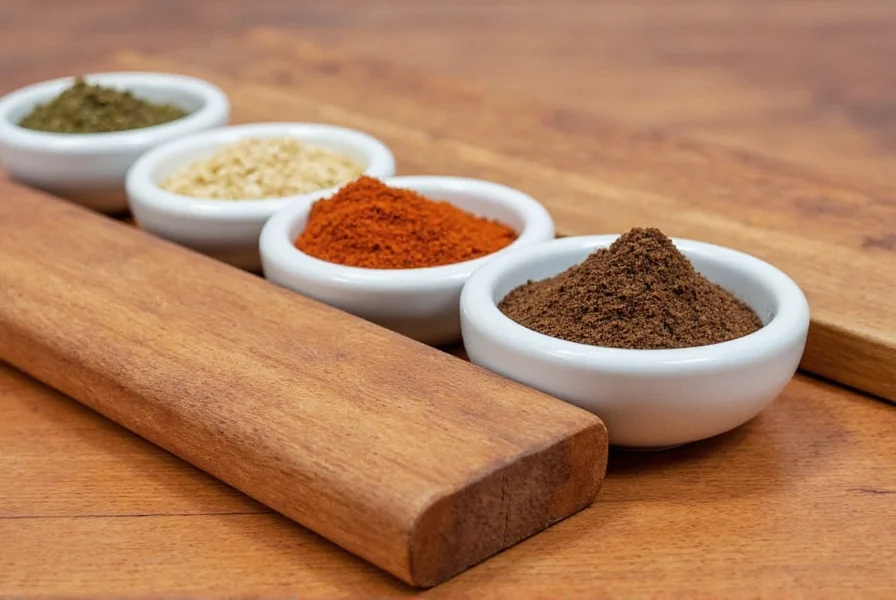
Mole sauce is more than just a sauce—it's a celebration of tradition, culture, and flavor. Whether you're making it yourself or using a store-bought version, the key is to embrace the richness of the ingredients and the depth of the flavors. So go ahead, experiment with different types of mole, and discover why this dish has stood the test of time.
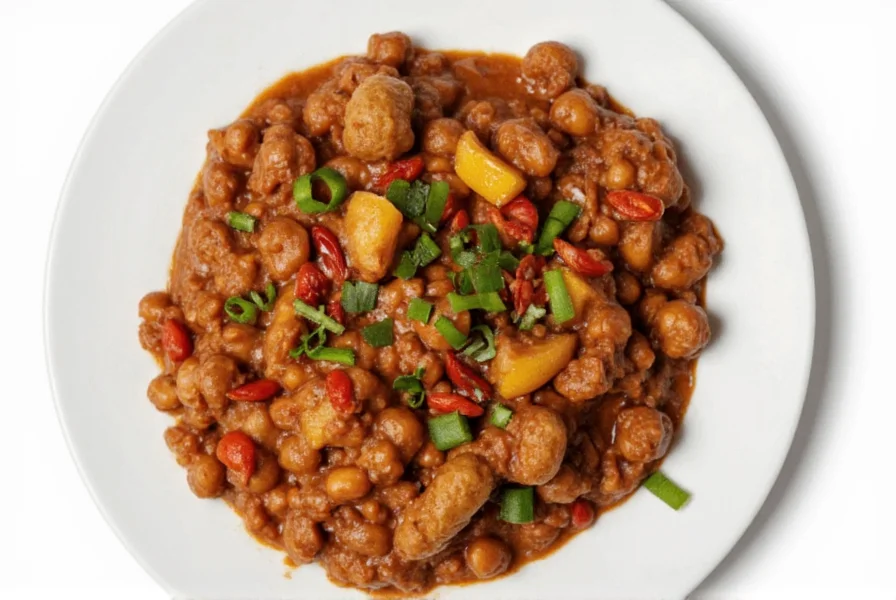
Frequently Asked Questions
What is mole sauce made of?
Mole sauce is typically made from a complex blend of ingredients including chili peppers, spices, nuts, seeds, and often chocolate. The specific ingredients vary by region and recipe, but common components include ancho, pasilla, and mulato chilies, sesame seeds, almonds, raisins, tomatoes, garlic, onions, and Mexican chocolate.
Is mole sauce spicy?
The spiciness of mole varies depending on the type and the specific recipe. Some moles like Mole Rojo can be quite spicy, while others like Mole Poblano have a more balanced flavor profile with sweetness from chocolate that counteracts the heat. Most traditional moles are not extremely spicy but have a complex flavor with subtle heat.
Does mole always contain chocolate?
No, not all mole varieties contain chocolate. While Mole Poblano and Mole Negro famously include chocolate, other varieties like Mole Verde and Mole Amarillo typically do not. The misconception that all mole contains chocolate comes from the popularity of chocolate-based moles in international markets.
How do you pronounce "mole"?
"Mole" is pronounced "MOH-lay" (with the emphasis on the first syllable). It comes from the Nahuatl word "mōlli," which means "sauce" or "concoction."
What's the difference between mole and guacamole?
Despite the similar name, mole and guacamole are very different. Mole is a complex sauce typically made with chilies, spices, and often chocolate, while guacamole is a simpler dip made primarily from mashed avocados. The word "guacamole" actually comes from "ahuacamolli" in Nahuatl, which means "avocado sauce," while "mole" simply means "sauce" or "mix."
How long does homemade mole last?
Homemade mole sauce can be stored in an airtight container in the refrigerator for up to one week. For longer storage, it can be frozen for up to 3 months. In fact, many chefs believe mole tastes even better after it's been stored for a day or two, as the flavors continue to meld together.
What dishes typically use mole sauce?
Mole sauce is traditionally served with turkey or chicken (especially in Mole Poblano), but it's also commonly used with enchiladas, tamales, rice, and even as a sauce for vegetables or tofu. In Mexico, it's often served during special occasions and celebrations due to its complex preparation.
Can mole be made vegan?
Yes, mole can be made vegan. Traditional mole recipes are often naturally vegan or can be easily adapted by omitting any animal products. Some commercial mole sauces may contain chicken broth, but authentic traditional mole is typically made with water or vegetable broth. When making mole at home, you can ensure it's vegan by using water or vegetable stock instead of chicken broth.
Conclusion
Mole sauce is a remarkable example of how simple ingredients can create something extraordinary. From the first bite, you'll experience a symphony of flavors that tells a story of history, craftsmanship, and passion. Whether you're a spice enthusiast or a professional in the culinary field, mole offers endless possibilities for exploration and enjoyment. So next time you see mole on a menu or in a grocery aisle, don't hesitate—reach for it and savor the magic.










 浙公网安备
33010002000092号
浙公网安备
33010002000092号 浙B2-20120091-4
浙B2-20120091-4